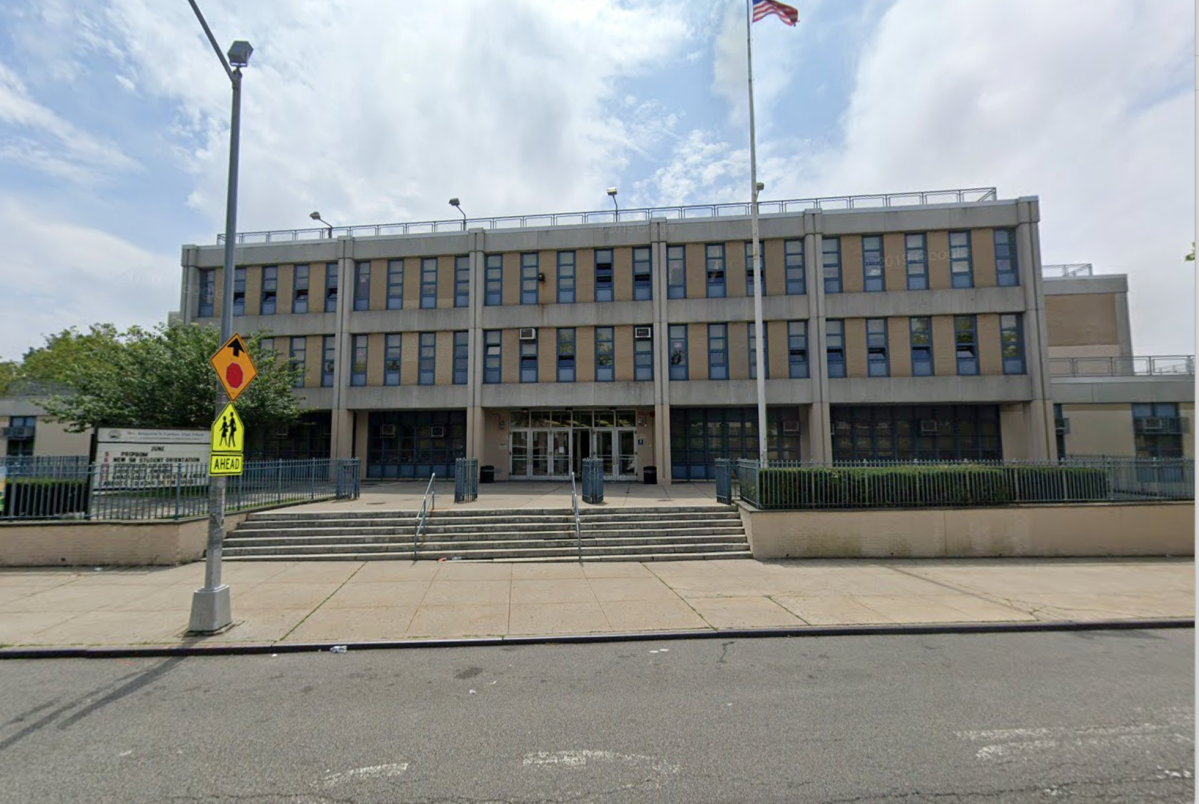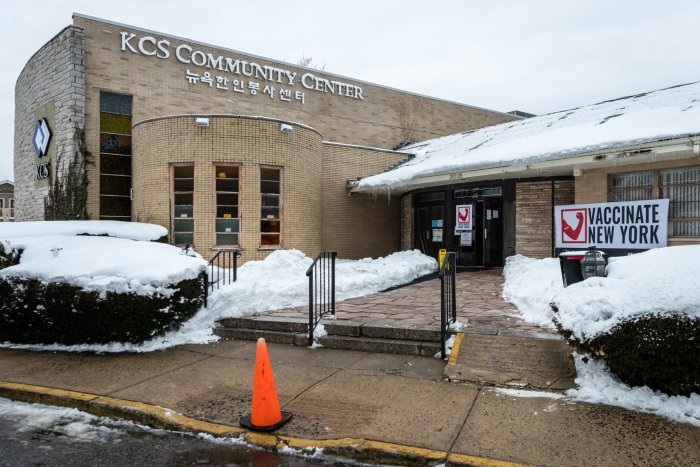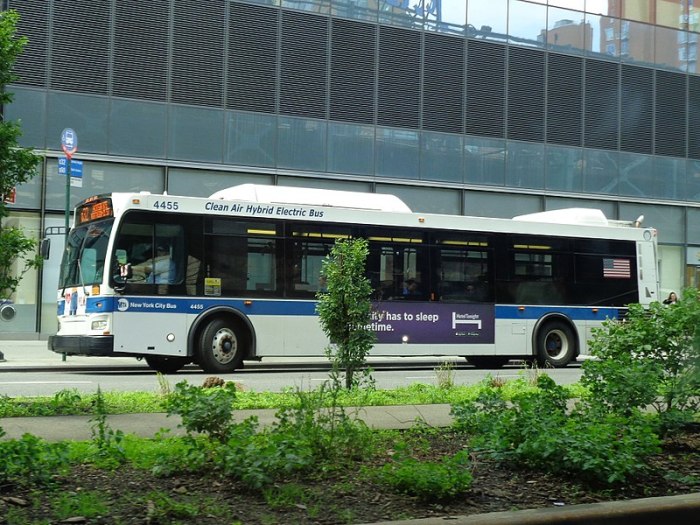Northeast Queens officials on Friday, Dec. 3, called on the city’s Department of Education to suspend the removal of geographic priorities during the high school admission process, which the agency is now “reevaluating” before announcing a final decision.
In a letter addressed to NYC Schools Chancellor Meisha Porter during her final weeks as the head of the DOE, Assemblyman Edward Braunstein and Senator John Liu urged the agency to rethink the policy that would apply to 235 high schools that offer borough priority starting in 2022.
DOE has not made a final decision on whether or not it would suspend or maintain the removal of geographic priorities, according to an agency spokesperson.
“We are reevaluating the policy to remove high school borough and zone priorities this admission cycle based on feedback we’ve received from school communities. As always, we are putting the needs of families front and center, and we will share details soon,” Katie O’Hanlon said.
The lawmakers cited school overcrowding and a lack of transportation in northeast Queens as reasons to not move forward with the removal of geographic priorities.
“With many Queens high schools operating at well above 100% capacity, and in one case, even in excess of 200%, constructing new high schools at appropriate sites and increasing available seats in the borough should be a top priority,” Braunstein said. “In addition to chronic overcrowding in the borough’s schools, Queens students are faced with a unique lack of transportation options, especially in the eastern portion of the borough. We urge the DOE to suspend the elimination of geographic priorities in Queens until the city can sufficiently alleviate the existing overcrowding in the borough’s high schools.”
According to DOE data from the 2019-2020 School Year Enrollment, Capacity & Utilization Report, Bayside High School is currently operating at 134% while Benjamin N. Cardozo High School is operating at 141%. Data also shows that Queens high schools are the most crowded in the city, exceeding capacity by nearly 9,000 seats.
The letter detailed the addition of an annex at Cardozo, which they said “did alleviate some of the overcrowding,” but they stressed that more needed to be done, including constructing new school buildings at “appropriate sites throughout the borough.”
The lawmakers also addressed the transportation issue in much of eastern Queens including the lack of subway access, city buses that provide “lengthy commute times and often unreliable service” and the over 12,000 Queens teenagers who already commute two to three hours to other boroughs for school.
“Ending geographic priority at the 11th hour injects chaos and uncertainty into an already complicated high school application process,” said Liu, who is the chairperson of Senate Committee on NYC Education. “Queens is in desperate need of both more high school seats and transportation options, and this last-minute change sends our kids outside the borough without the public transportation to get them there. We must keep geographic priority indefinitely, lest we leave yet another mess for the incoming administration to clean up.”
Braunstein and Liu said that both the Queens High School Presidents’ Council and Community Education Council of District 26 recently submitted formal opposition to the policy, citing many of the same concerns.
Chalkbeat reported that the DOE proposed sweeping changes to the middle and high school application processes in order to diversify one of the most segregated school systems in the country, which favors white and affluent families.
According to the DOE, the geographic phaseout was always intended to be a two-year proposal. In the first year, the agency said that 48 schools across the city removed their district priorities, 27 schools gave priority to students living in certain zones for some of their seats, and one school gave priority to students living in certain zones for all seats.
The agency said that the process “demonstrated the value in removing district priorities” and also gave them time to gauge how communities felt about the policy.

































